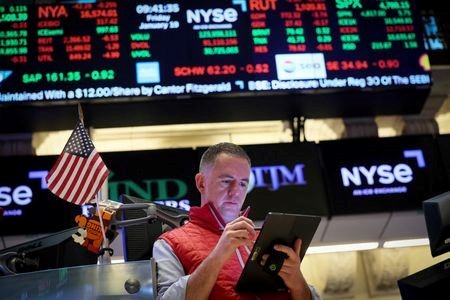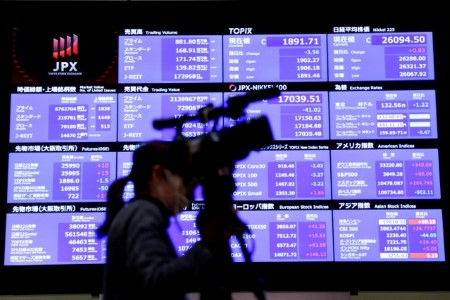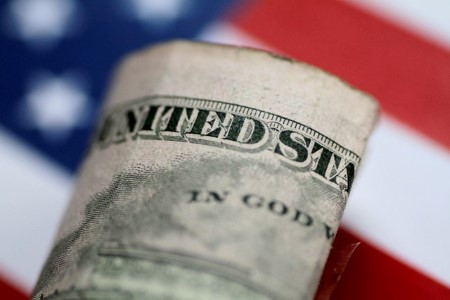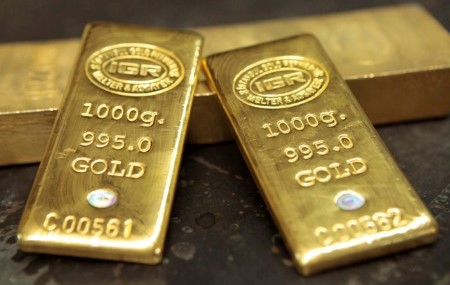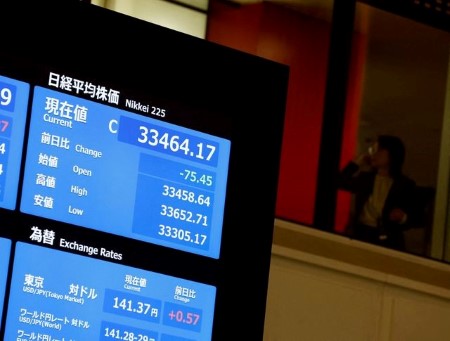Jan 23 – Gold prices inched higher on Tuesday, as investors awaited a slew of US economic data this week for more cues to the Federal Reserve’s timeline for interest rate cuts.
Spot gold was up 0.2% to USD 2,025.09 per ounce by 2:00 p.m. ET (1900 GMT).
Gold futures settled 0.2% higher at USD 2025.8.
“The gold market is just above the USD 2,000 mark and it seems to be a neutral market. Every time we start to break higher, we come back down,” said Daniel Pavilonis, senior market strategist at RJO Futures.
“There is a lot of uncertainty on what is going to happen here economically in the United States.”
Focus this week will be on the US flash PMI report on Wednesday, fourth-quarter advance GDP estimates due on Thursday, and personal consumption expenditures data on Friday.
Fed officials last week said the US central bank needs more inflation data in hand before any rate cut judgment could be made and that the baseline for cuts to start was in the third quarter.
Markets are pricing in the US central bank to hold rates unchanged at the end of the policy meeting on Jan. 30-31 and have pared back the timing of the first interest rate cut, according to CME’s FedWatch Tool.
Recent rebounds (in gold) appear to be getting shallower, which raises the prospect of further weakness if central banks continue to push back on market expectations of rate cuts, Michael Hewson, chief market analyst at CMC Markets, wrote in a note.
Lower interest rates decrease the opportunity cost of holding bullion.
Meanwhile, the European Central Bank meets on Thursday and is expected to hold monetary policy steady.
On the physical front, India increased the import duty on gold and silver findings, used in making jewellery.
Spot silver rose 1.2% to USD 22.35 per ounce, platinum climbed 0.7% to USD 898.41 and palladium gained 0.9% to USD 944.42.
(Reporting by Anushree Mukherjee in Bengaluru; Editing by Shweta Agarwal, Tasim Zahid, and Krishna Chandra Eluri)







 DOWNLOAD
DOWNLOAD






